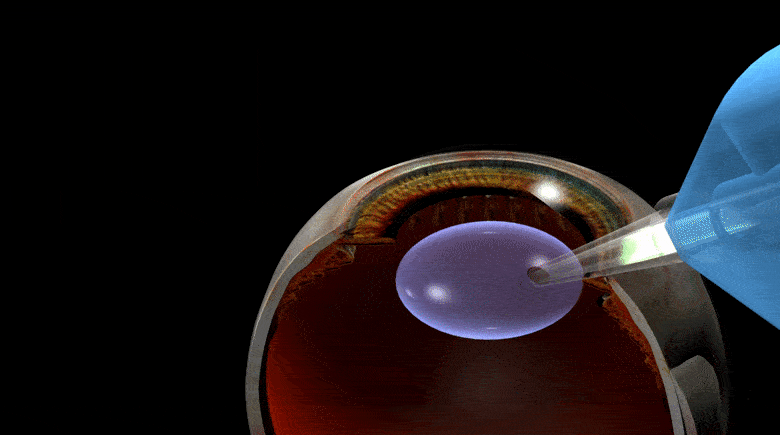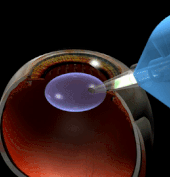
Charles M. T. DeBoer, Jonathan K. Lee, Brooks P. Wheelan, Craig Cable, Wendian Shi, Yu-Chong Tai, Mark S. Humayun, University of Southern California Keck School of Medicine, 1Co, Inc., California Institute of Technology, USA
Presbyopia is a common, age-related condition that prevents people from focusing on near objects due to stiffening of the human lens. We created a unique, flexible accommodating intraocular lens to address this problem. Although uses of this flexible lens can be applied to correct nearsightedness and farsightedness, this work focuses on correcting the vision of cataract patients with presbyopia. The flexible lens proposed consisted of an inflatable balloon with a filling valve to meet the unique focusing characteristics of each patient’s eye. The fluid filled balloon feature of the lens gave it flexibility, which allowed the artificial lens it to be focused by the eye when the surrounding muscles contracted or relaxed. To test lens performance, the lens was implanted into human cadaver eyes, and the muscles of these eye were actuated to simulate focusing. With a laser scanning system, the focusing power of the lens was measured. This demonstrated focusing that would allow near vision between 13 – 50cm, which is enough to allow people to see far and near distances without the need for reading glasses. To show that a fluid filled lens could last for many years inside the eye, aging studies of the lens were completed which demonstrated stability over a period of 7 years without any signs of degradation. We believe that by restoring flexibility of the lens, it is possible to restore youthful vision.
Keywords: Accommodating intraocular lens, implant, microelectromechanical systems, micromachining, optics, presbyopia

